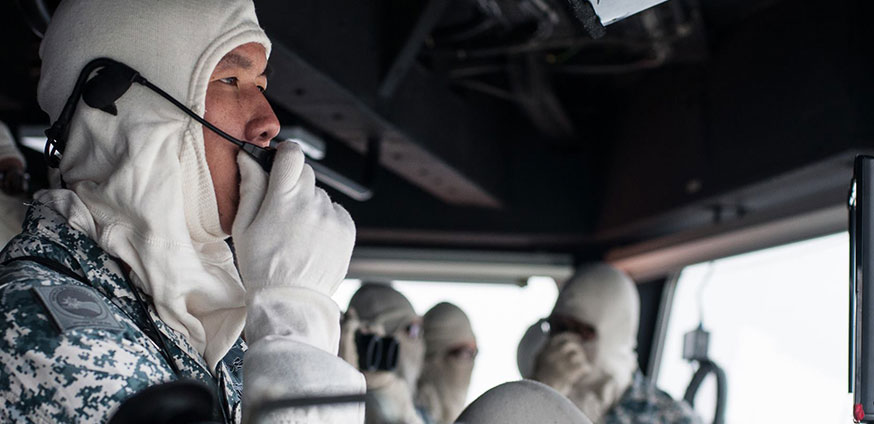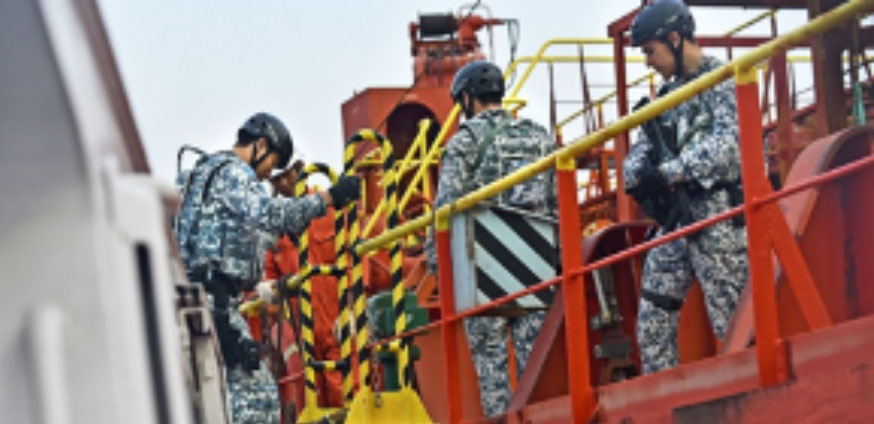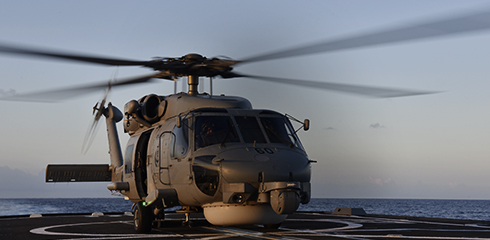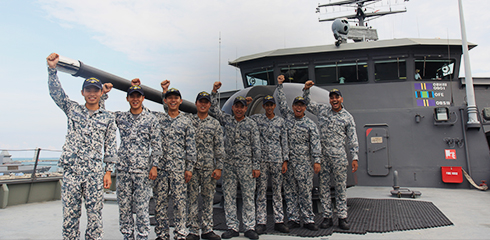Find out what threats the Republic of Singapore Navy (RSN) is ready to tackle 24/7, whether on foot, on deck, or under the waves.
In a previous story, we showed you a potential traumatic world where Singapore was not enriched and supported by the sea. Now, we’ll share with you some of the diverse maritime security (MARSEC) threats that can happen every day — and how the Singapore Navy guards against them.
Hijacking
Should hostile forces hijack a single merchant ship, the consequences could be far-reaching, like shrapnel from a grenade. Apart from directly endangering the lives of a captured crew, hijackers could ram the ship or blow it up, causing a chain reaction of chaos halting traffic in Singapore waters. And with 1,000 ships visiting every day, the economic costs to Singapore, and the world, could be in the billions of dollars. It’s nearly happened before: when terrorists attempted to blow up the Shell refinery on Pulau Bukom Besar before hijacking a ferry. Had they succeeded, southeast Asia would have faced a crippling lack of oil for years to come.
Luckily, the RSN have the assets to stop such threats, literally. Highly-trained warriors — Accompanying Sea Security Teams (ASSeTs) — are deployed on a daily basis, surveilling, boarding and checking merchant vessels for any suspicious signs.
Mine Explosion
Low-cost, near-invisible and lethal, sea mines are a ship’s nightmare. Some are so advanced that they can be programmed to cripple a specific target — only exploding when they detect the characteristics of a particular type of vessel, for example.
But even older and simpler mines are deadly. Many sea mines laid in the Second World War may still be an active threat. In 1997, the RSN cleared eight buried World War II-era mines. Had even one detonated, it could have killed dozens of people. That’s why RSN’s Mine Countermeasure Vessels are ever watchful. Armed with Mine Hunting Sonar and autonomous underwater vessels, they can sniff out a lurking mine, and safely detonate it.
Sea Robberies
A small boat sneaks up to a hulking cargo vessel in the dead of night. Grappling hooks snake upwards, and within minutes, armed men have pummelled a crew and stolen goods worth hundreds of thousands of dollars. This might seem like a tale worthy of Blackbeard, but it happens regularly today. In 2017, there were 101 incidents of armed robbery and piracy against ships across Asia.
Nimble and effective, the sampan boats that many robbers use are a fiendish threat. But the RSN’s patrol craft are equipped for the task. The Littoral Mission Vessel boasts helicopter, drone and inflatable boat launch capabilities, infrared electro-optics that can spy out suspicious vessels even at night, and high-powered water cannons that flood a sampan in seconds. With its full spectrum of capabilities, the LMV embodies the RSN’s fearsome dedication to MARSEC.








